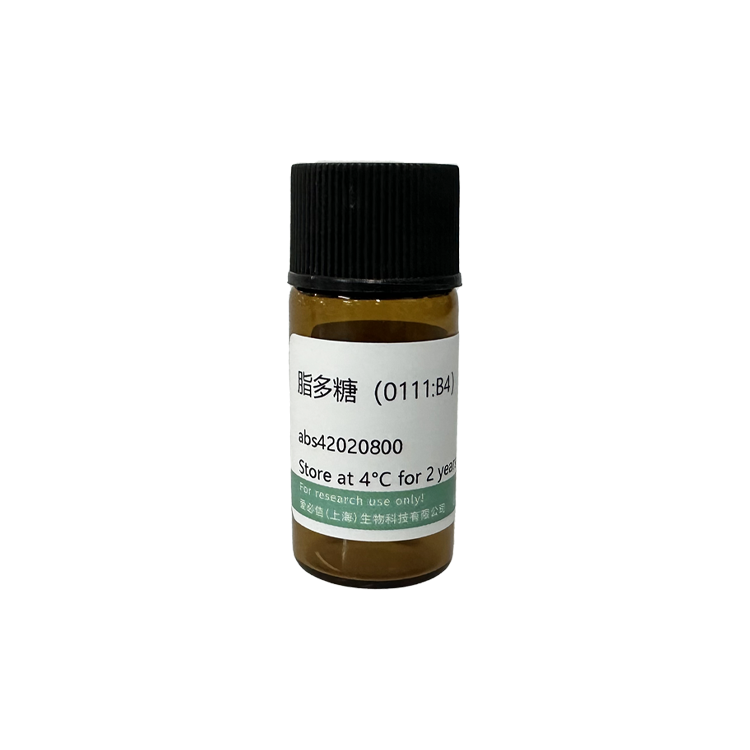 全部商品分类
全部商品分类
LPS (Lipopolysaccharide) is an endotoxin which exists as a critical glycolipid component of the outer cell wall of gram-negative bacteria. This compound is a known, potent initiator of the proinflammatory response and induces proinflammatory cytokines in several cell types. Many of the cell signals induced by gram-negative bacteria are attributed to LPS and have been observed to also activate TNF receptor signaling pathways. The major receptor that transduces the LPS signal has been recognized as a member of the Toll-like receptor family. At least 10 members of the family have been identified to date and TLR4 appears to be the main LPS receptor although coreceptors are most likely involved. Studies note that in HMEC (human microvascular endothelial cells) cell lines, LPS activates apoptosis pathways via both NF-κ B and JNK through TRAF6. Also reported that NF-κ B inhibition does not potentiate LPS-induced death in HMEC cells yet will sensitize these cell to TNF-induced death. Additional studies using HMEC cell lines report that following LPS stimulation, TRAF6 also transmits an important endothelial cell survival signal in a situation of complete NF-κ B blockade which may indicate that TRAF6 signals an NF-κ B–independent antiapoptotic pathway in endothelial cells exposed to LPS.





参考图片








 用小程序,查商品更便捷
用小程序,查商品更便捷




